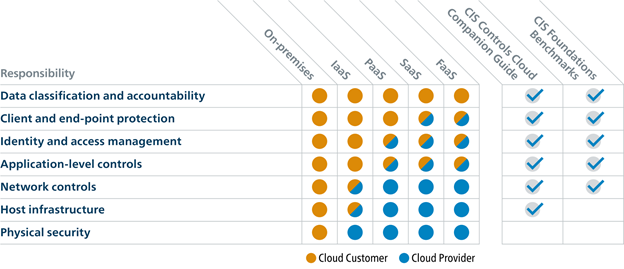Main risks and threats in the cloud
No one solution that can wholly protect systems against all cyber threats, and as organizational networks become more virtualized and dependent on the public Internet, so too will the threat surface increase. Companies that deploy to the cloud face three main risks:
Data Exposure
Data exposure is heightened in the cloud today, as companies are relying more on the public Internet to access services and communicate between distributed systems. Data exposures stem from breaches of confidentiality, integrity, or availability, resulting in unauthorized or accidental access, alteration, or loss of sensitive data. These forms of exposure may result from malicious actors, however, misconfigurations can do as much damage by leaving open doors to the system, or incorrectly serving unauthorized user’s information from wrongly linked databases.
Unauthorized or Over-authorized Users
Unauthorized or over-authorized users can stem from many issues, including poorly configured systems, and malicious actors. Cybersecurity measures must be taken against malicious actors, but adhering to the Least Privilege cloud security principle is one way to stave off poor security designs. The Least Privilege principle states that users should be given the minimum permission necessary to do their jobs. Configure permissions accordingly.
Malicious Actors
Malicious actors are the boogie men of cloud security. While it is never pleasant to have an unauthorized guest plunder company data stores, to be targeted by hackers means they value the data inside enough to put their resources toward getting it. This is in contrast to suffering from weak configurations that happen to open up the system to passersbys

























































































 (Source: Center for Internet Security,
(Source: Center for Internet Security, 